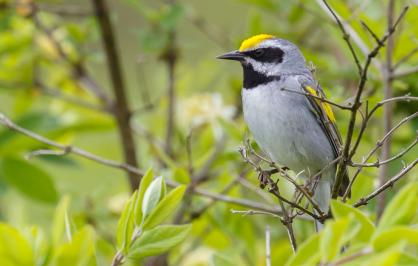AstraZeneca
AstraZeneca supports the restoration of horseshoe crab populations in Delaware Bay, as well as migrating shorebirds like the red knot that rely on horseshoe crab eggs. AstraZeneca also partners with NFWF to plant and sustain one million trees in the United States to increase carbon storage, improve water quality and restore wildlife habitats.

AstraZeneca and NFWF began working together in 2021 to plant and sustain one million trees in the United States by 2025. This partnership contributes to AstraZeneca’s goal to plant and sustain 50 million trees globally by 2025. With a primary focus in the Delaware River Watershed, but with additional targeted investments in other regions of the eastern U.S., AstraZeneca is funding tree plantings that maximize the dual role of carbon storage and habitat restoration, including by planting streamside forests on farmland, in parks and residential areas, restoring urban tree canopy in cities and towns and restoring degraded forest lands. These projects will restore habitat for eastern brook trout, American eel, bog turtles, river herring and shad, and migratory songbirds. They also will support nature-based solutions in urban communities.




